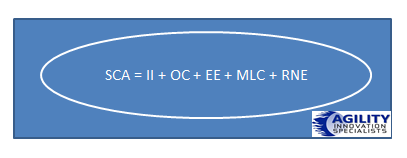
The Interconnected Business Ecosystem driving impact and increased value.
I am working to validate and expand on the value proposition of the Interconnected Business Ecosystem Framework and have tried to create, hopefully, a compelling pitch that will bring others on board to advance this initiative. I have published this pitch on both of my primary sites, discussing innovation, business, and ecosystems, as they both provide a combination effect for understanding this framework.
I initially called this “the hierarchy of business ecosystem needs,” which built out an interconnected framework of business ecosystems that give organizations a real alternative to how they operate today and in the future.
I provided a comprehensive series of outline papers as the introduction phase earlier this year, which provided the concepts forming a cohesive outline structure of how organizations should think through the future. Also, I provided an earlier view on my paul4innovating.com posting site of “pitching business ecosystems opens up the possibility of real change.”
We need to really open our thinking towards collaborative ecosystems. This is one of openly collaborating and co-creating in different Ecosystem structures and designs to provide a greater diversity of opinions, knowledge, and resources.
This “pooling or network effect” forms around more complex challenges to tackle, thus giving a more sustaining and hopefully greater value in solutions to the needs of their customers, markets, or areas of need.
I have recognized this needed rebranding- hierarchy has some negative connotations.
I have now entitled this The Interconnected Business Ecosystem Framework as it reflects the essence of what I believe this framework provides





